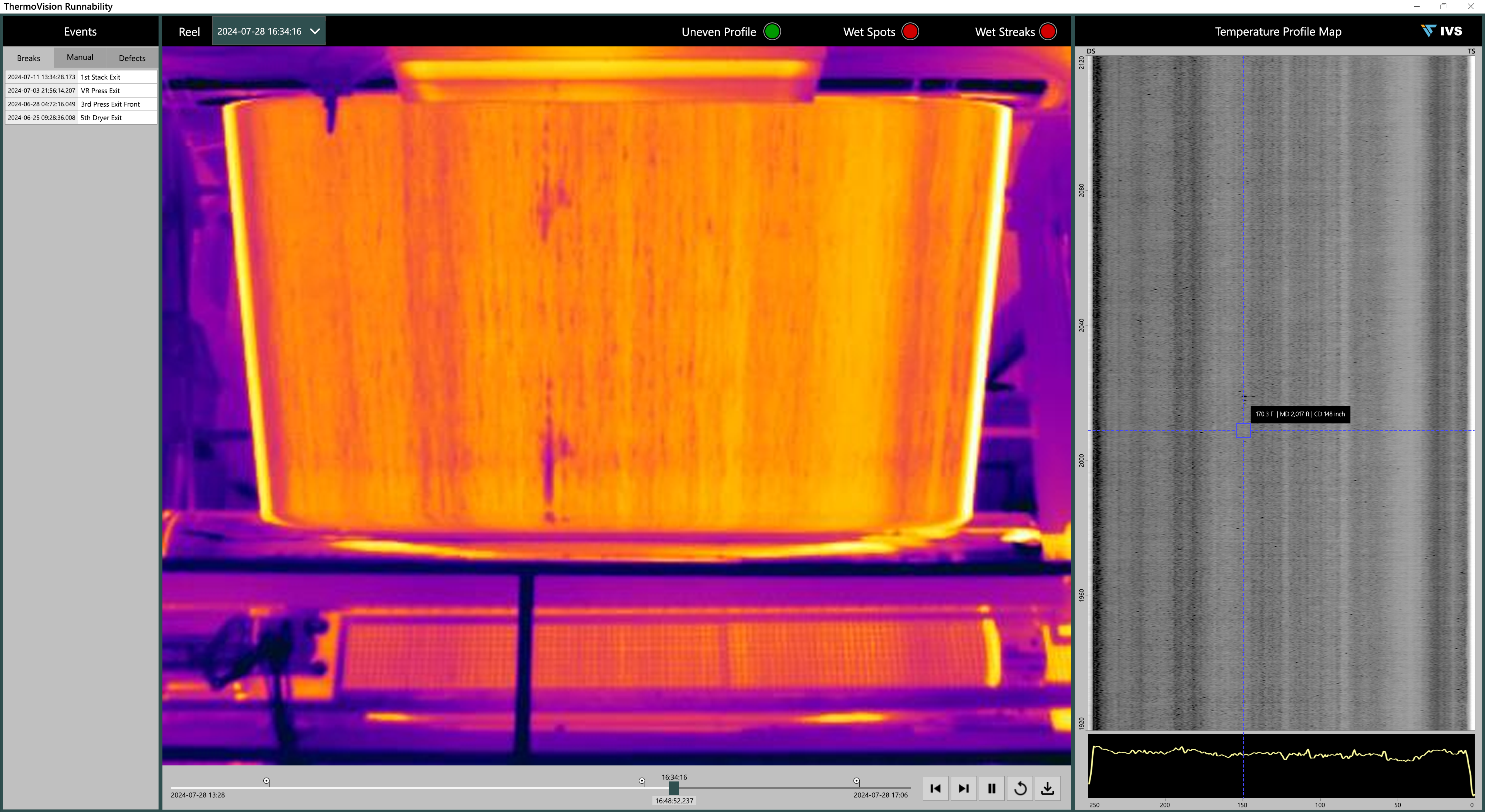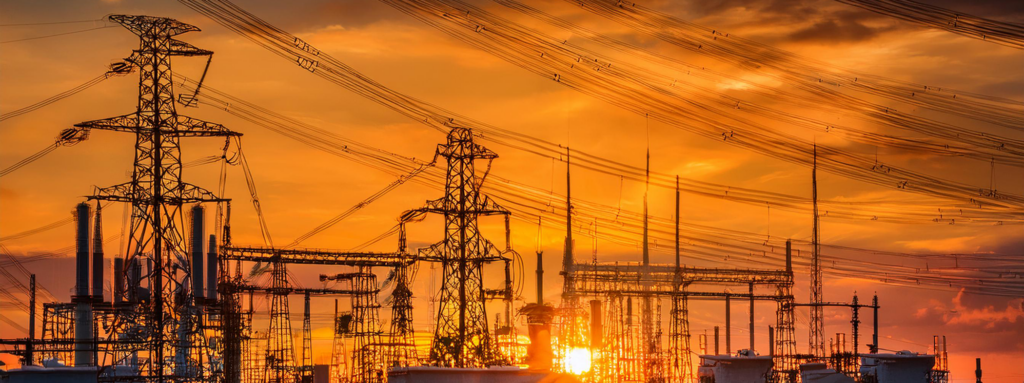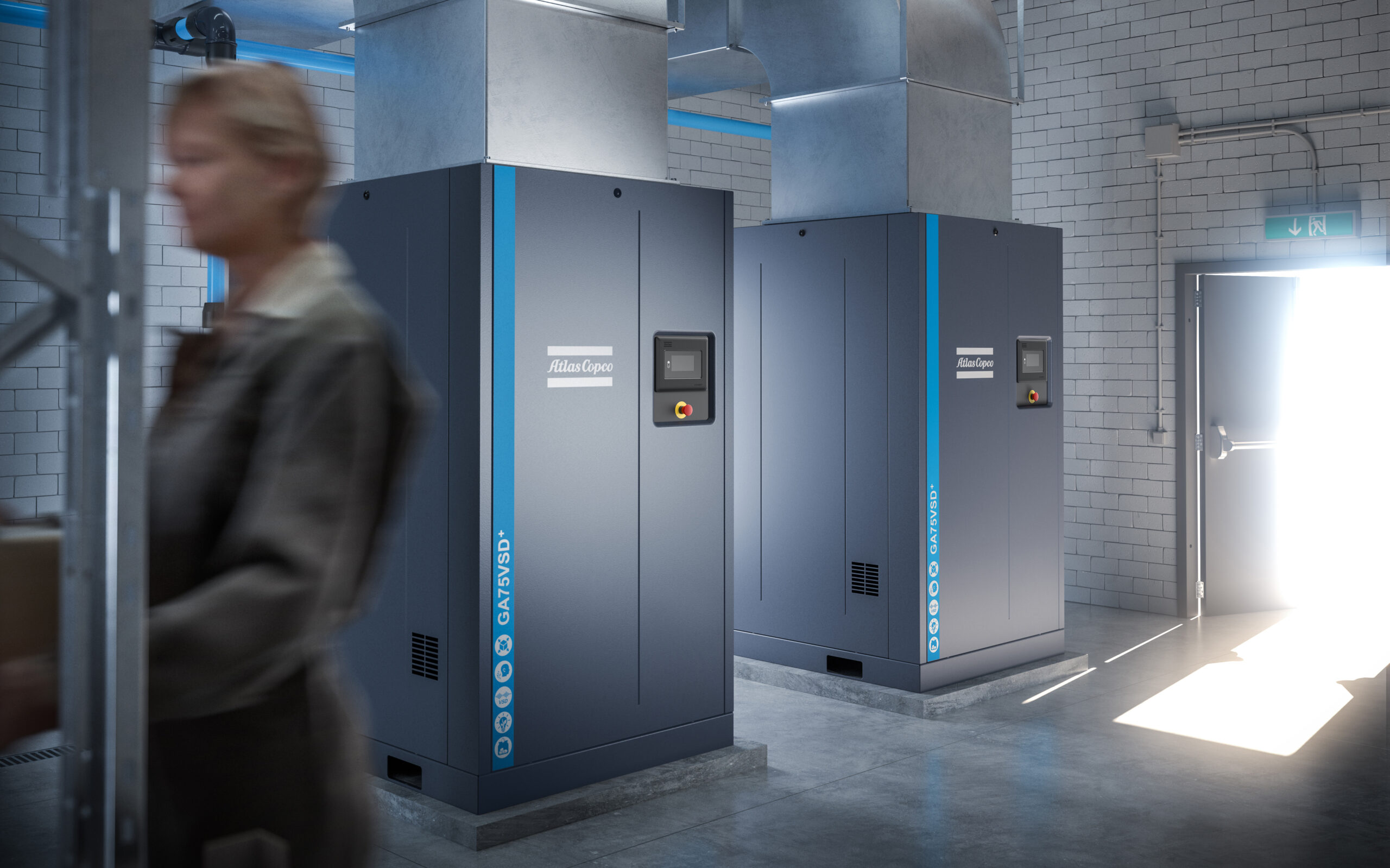The injection molding industry shows how valuable variable frequency drives can be in reducing costs and meeting environment standards.

In today’s manufacturing landscape, companies and their facilities face enormous pressures to increase operating efficiency while reducing their carbon footprint. Feeling the heat from both increasingly stringent government energy regulations and customers seeking lower operating expenses, manufacturing facilities across every industry demand increasingly energy-efficient power-management solutions.
Regulations have impacted facilities down to the motor level, and variable speed drive (VSD) technology has been applied over the years to help power systems like injection molding machines operate more efficiently. The injection molding industry has served as a starting point for applying VSD solutions in combination with traditional fixed and variable-displacement hydraulic pumps, which allow customers to gain more control throughout the duty cycle.
Hydraulic and electrical integration
Electric servo drive technology has been making inroads for some time, penetrating into factory automation because of perceived energy efficiency, faster response, and better precision and repeatability. However, costs for electric injection molding machines were substantially higher than hydraulic injection molding machines, starting at about 40% more for the initial purchase of an electric machine as compared with similar hydraulic injection molding machines.
By combining the affordability and utility of hydraulic injection molding machines and the energy savings of electric machines, hydraulics can add to the value proposition of electronic technologies. Adding a VSD provides a bigger advantage, as compared with only increasing motor efficiency, and opens possibilities on the hydraulic system side through less expensive, fixed-speed pumps that operate more efficiently.
VSDs smooth incoming electric-line power to further increase motor efficiency. VSD systems regulate flow by changing the shaft speed, so no valve throttling is required in most applications. Reduction in throttling loss is the major reason for VSD systems’ higher efficiency. A small portion of energy savings also comes from the efficiency improvement of the electric motor.
Overall, energy savings of up to 70% (depending on the duty cycle) can be achieved with VSD pumps as compared with conventional pumps. VSD pumps also provide a significant reduction in sound, because the motor and pump speeds change throughout the duty cycle instead of maintaining constant speed.
With a VSD, a proven, fixed-displacement vane pump is made significantly more efficient, allowing manufacturers to buy a less expensive pump to achieve the same results.
VSD technology in some applications uses servo-performance electrical motors to control the hydraulic instantaneous flowrate throughout motor-pump shaft speeds. The result is a power-on-demand pump unit that’s free of the throttling losses that typically account for significant loss of power. Servomotor dynamics also enable closed-loop hydraulic motion control, thereby simplifying system architecture design.
Driving manufacturing efficiency
Manufacturing is facing changes, and companies need to adapt to new government regulations. With new energy standards initiated in Europe and implemented worldwide over the past few years, it’s not only more cost-effective to increase motor efficiency, it’s also frequently required by law. Government regulations are requiring higher efficiencies at the electric motor level, and sometimes a more efficient electric motor is just not enough. A new motor must be 2% more efficient than previous models. While that sounds small, consider this: If every electric motor can be 2% more efficient, this may eliminate the long-term need for creating more energy-producing facilities.
Throughout the manufacturing process, energy is wasted due to inefficient equipment and mechanical and thermal limitations. Optimizing the efficiency of these systems can result in significant energy and cost savings.
Embracing the market pressure
Manufacturers are seeking to retrofit existing machines for improved efficiency to both meet regulations and lower costs, leaving factory owners and operators with two options:
- Retrofit systems with more efficient electric motors or install new machines with improved motors
- Retrofit with a VSD solution to make the existing motor more efficient.
Combining these two by adding a VSD to an improved electric motor offers a bigger advantage and really opens up the possibilities for the hydraulic system Now it is possible to do things that could never be done before with a fixed-speed pump.
VSDs combined with hydraulic pumps present a control solution that draws on the best of electrical and hydraulic control technology. VSD pump solutions provide power on demand that yields substantial energy savings while providing the capacity needed for the most demanding processes. VSD enhancements have made less expensive hydraulic pumps more attractive for the injection molding industry. Hydraulics has long provided superior speed, but can now provide substantial energy savings, too.
VSDs allow pump systems to run faster than the typical 1,500 rpm (rotations per minute) or 1,800 rpm. The result is more efficient service, potentially reduced pump displacement, and shrinkage of the overall system footprint. Increasing efficiency is especially important given the European motor-efficiency regulations taking effect in 2015.
According to the European Commission Regulation No. 640/2009 implementing Directive 2005/32/EC, with regard to eco-design requirements for electric motors, all motors rated with an output of 0.75 to 375 kW must meet international efficiency three (IE3) levels—or at least meet IE2 efficiency levels when equipped with a VSD. In fact, for those needing a constant-speed motor, the VSD running an EC2 (IE2-efficiency) motor may prove to be an excellent alternative to a higher-efficiency but more expensive EC3 (IE3-efficiency) motor.
Applying the success
Injection molding equipment has found success with the VSD model, but other manufacturing processes that experience dwell time during manufacturing could benefit as well. Machine tooling, press equipment, and die casting are just a few examples. This VFD model can add up to a $1 billion market for machines that could use such technology.
The search today is for synergies between hydraulics and electrical across a range of industries, and embracing the changing technologies that bring efficiency. Looking at complete machine design, rather than individual components, allows machinery across the manufacturing industry to benefit from the new solutions. Manufacturers are frequently looking for retrofit solutions to help older equipment run more efficiently, and a variable speed drive is one way to improve that.
Lyle Meyer is product manager for Eaton’s Industrial Drives business unit.
Bottom Line:
- Variable speed drive technology has been applied over the years to help power systems like injection molding machines operate more efficiently.
- With new energy standards initiated in Europe and implemented worldwide over the past few years, it’s not only more cost-effective to increase motor efficiency, it’s also frequently required by law.
- Manufacturers are seeking to retrofit existing machines for improved efficiency to both meet regulations and lower costs.
KEY WORDS:
Here are some of the articles at www.plantengineering.com, KEYWORD: DRIVES that further discuss this topic:
10 benefits of using adjustable speed drives
Adjustable speed drives can be used in most applications where motors power mechanical equipment. Drives provide precise electrical motor control, enabling motor speeds to be ramped up and down or maintained at a required speed. The obvious benefit is the motor and drive use only the require amount of energy, rather than having a motor run at a fixed speed.
VFD trends and solutions for drive systems
The increase in variable frequency drive (VFD) installations across the globe has meant that drives are being applied in more challenging system environments. Not only is the environment challenging, but drives also have a few inherited issues that can limit the overall system performance.
Still relevant: dc drives important in an ac age
For brute force speed control applications where positioning or extremely precise control are not required, it’s hard to beat a dc motor and drive. While the basic design of the brushed dc motor has not changed much, the technology used to control the dc motor’s speed has evolved over the years.



